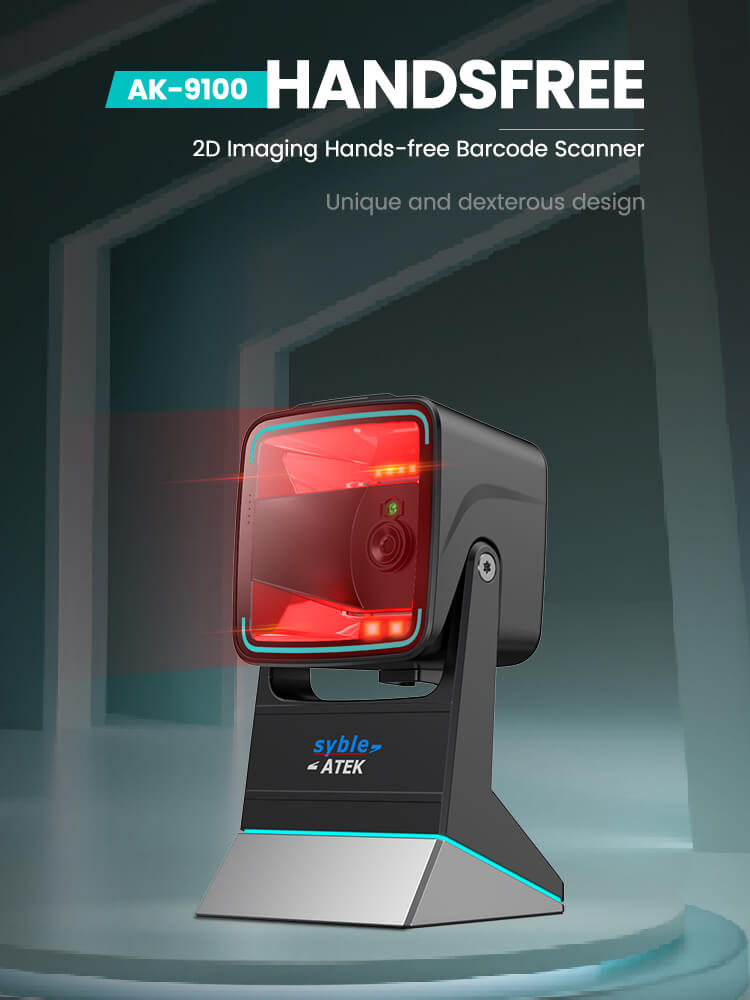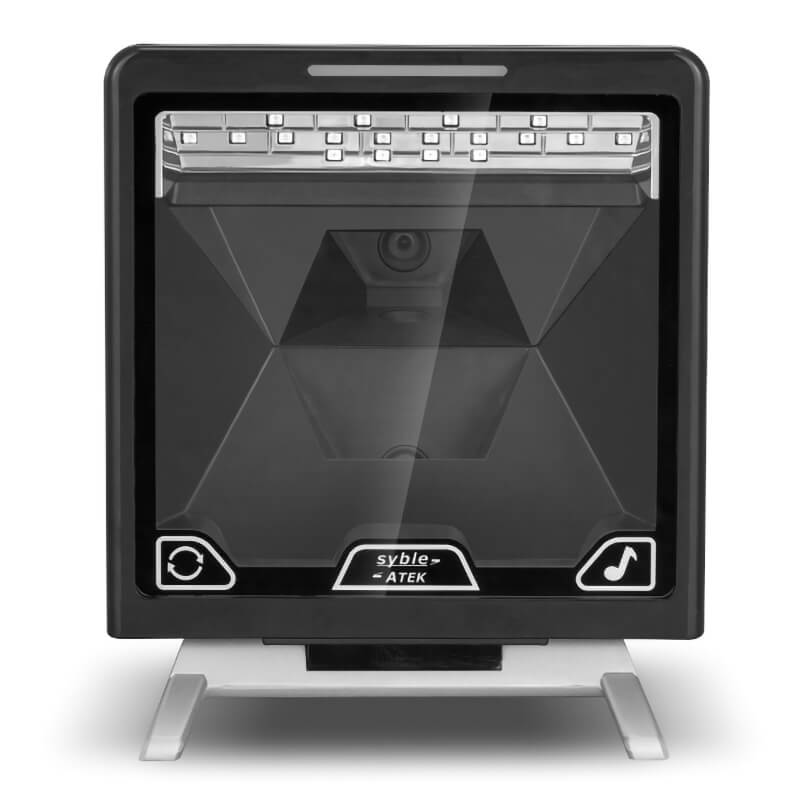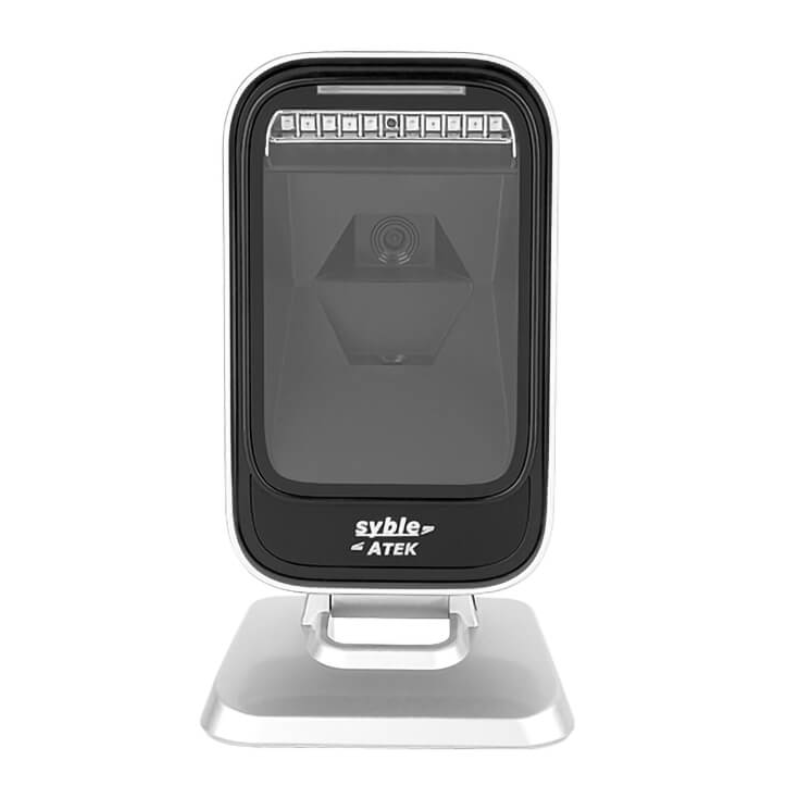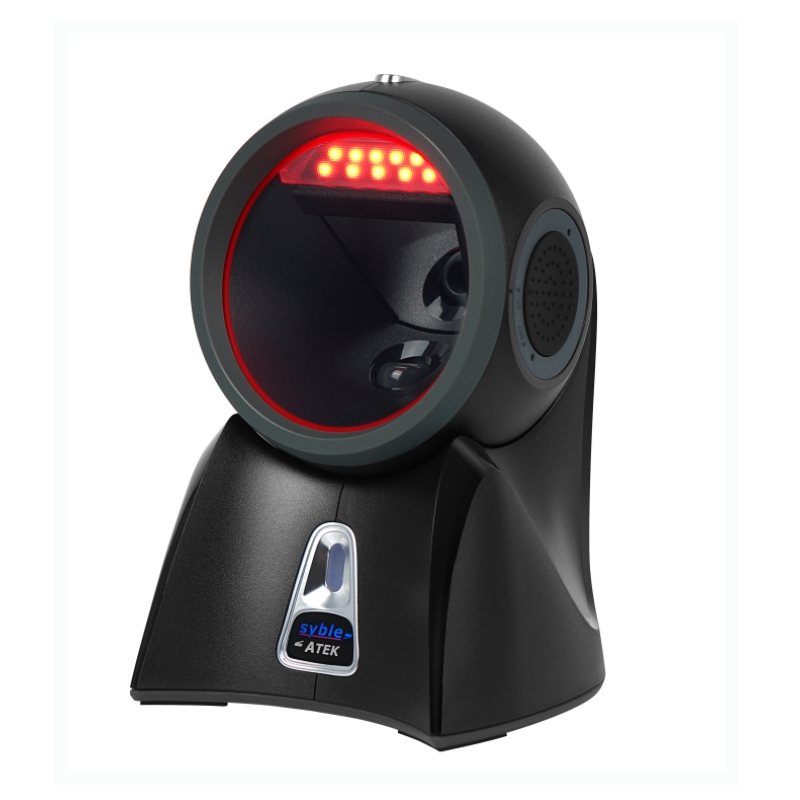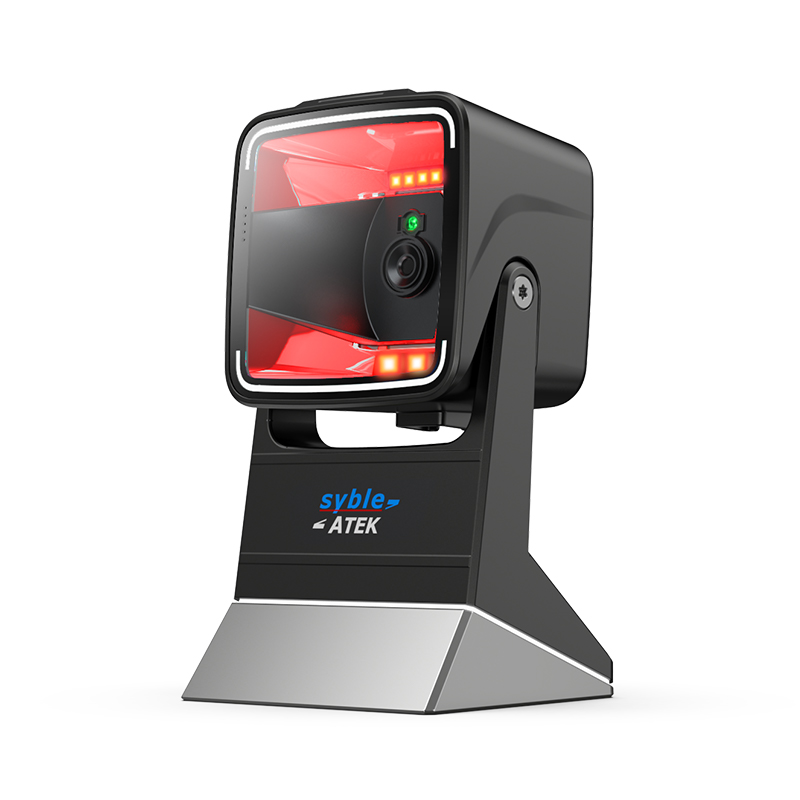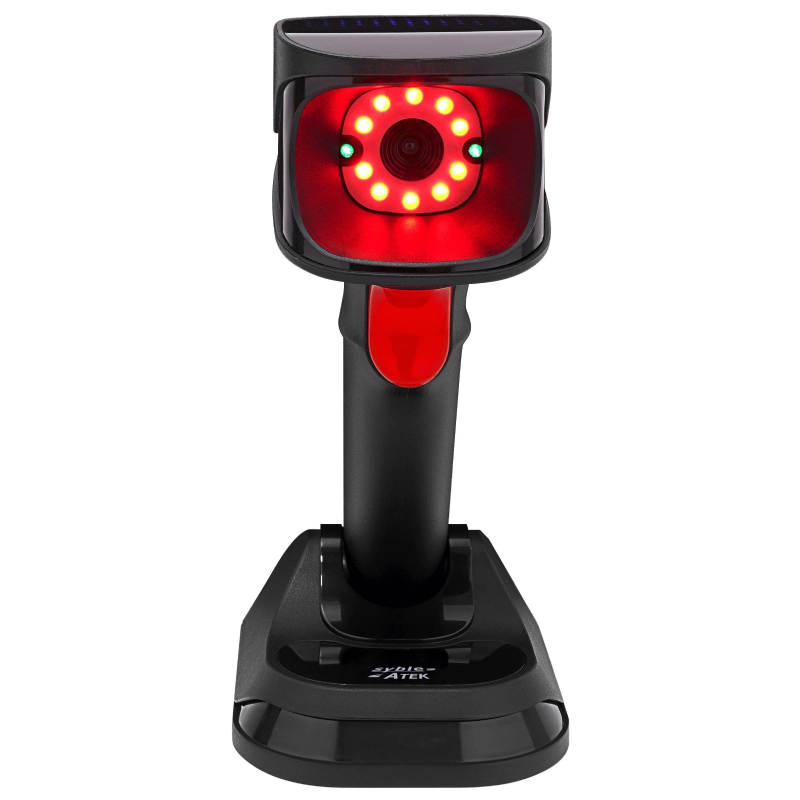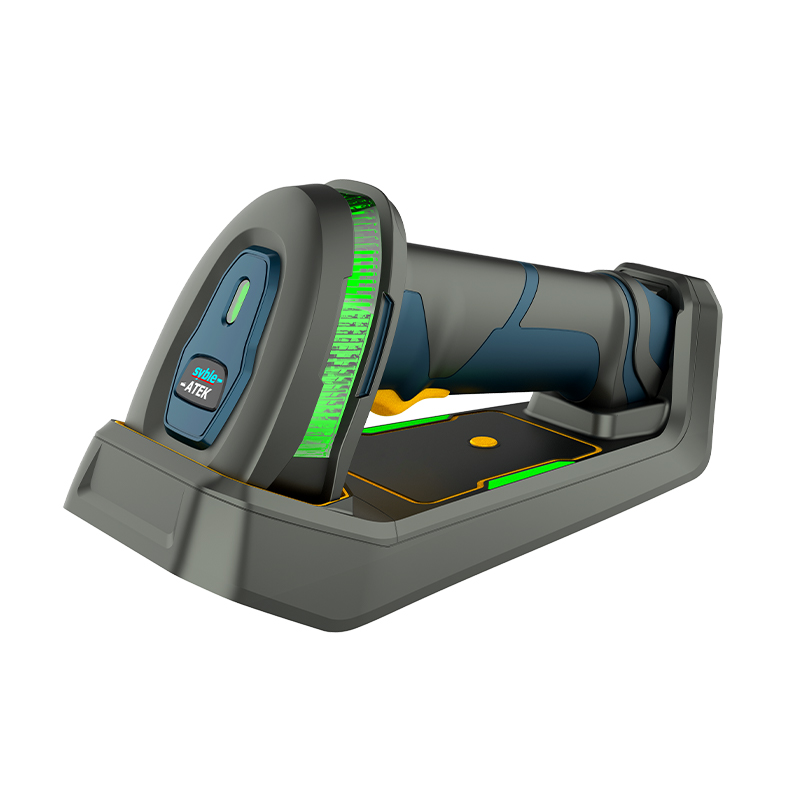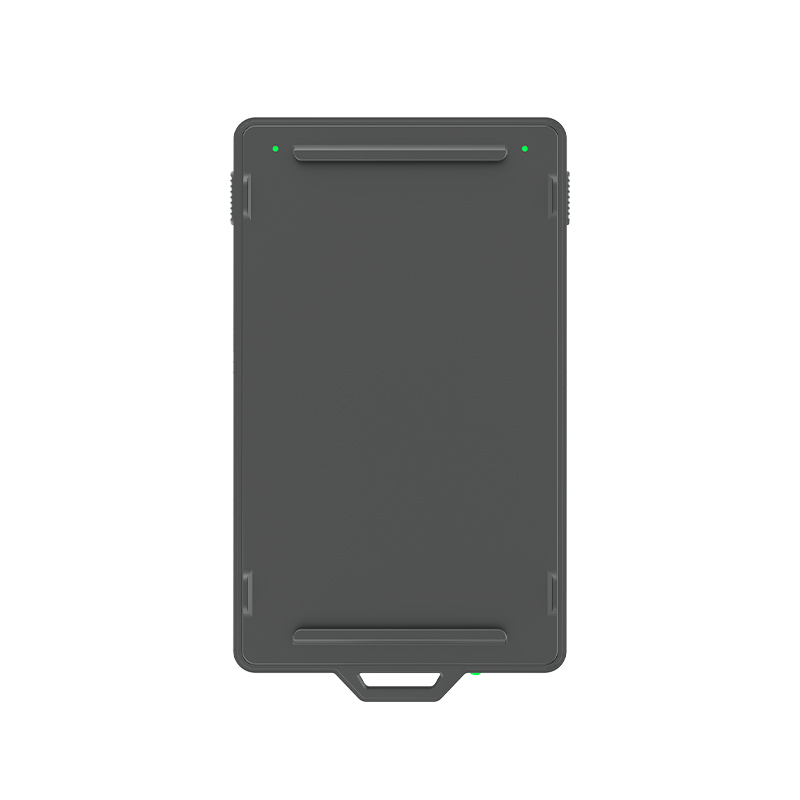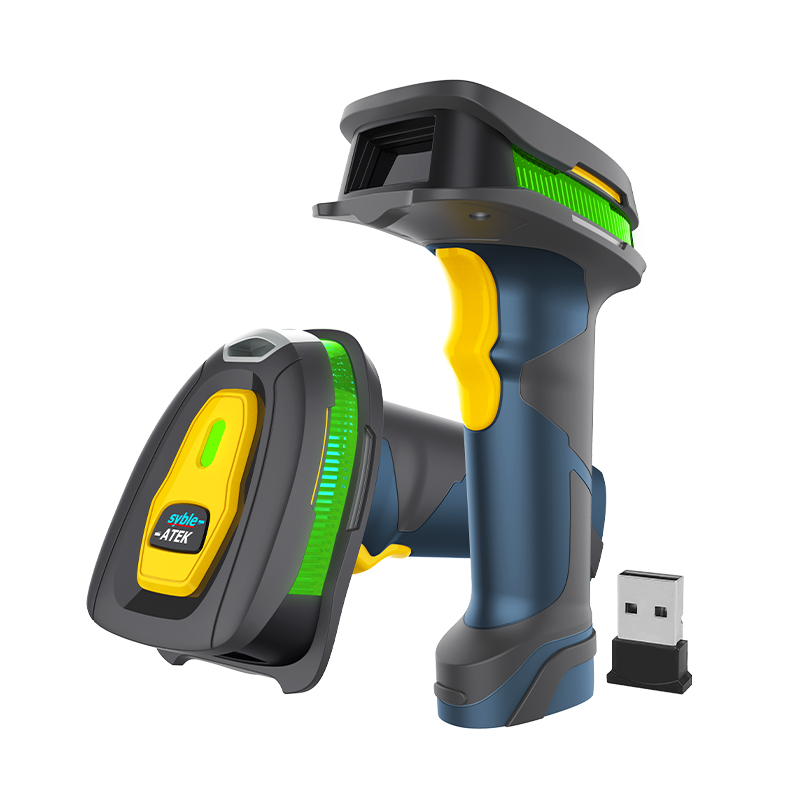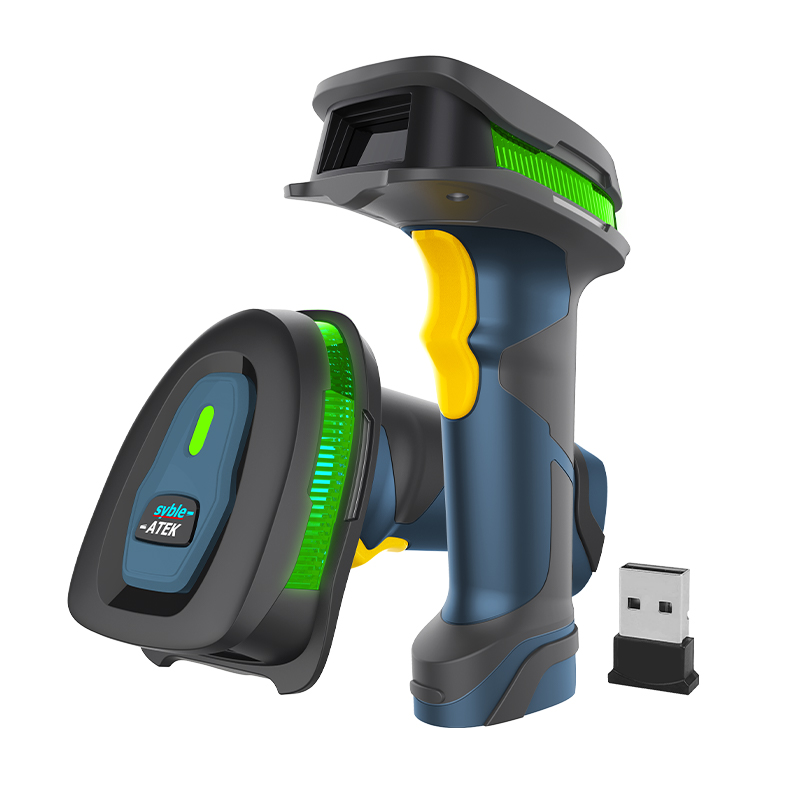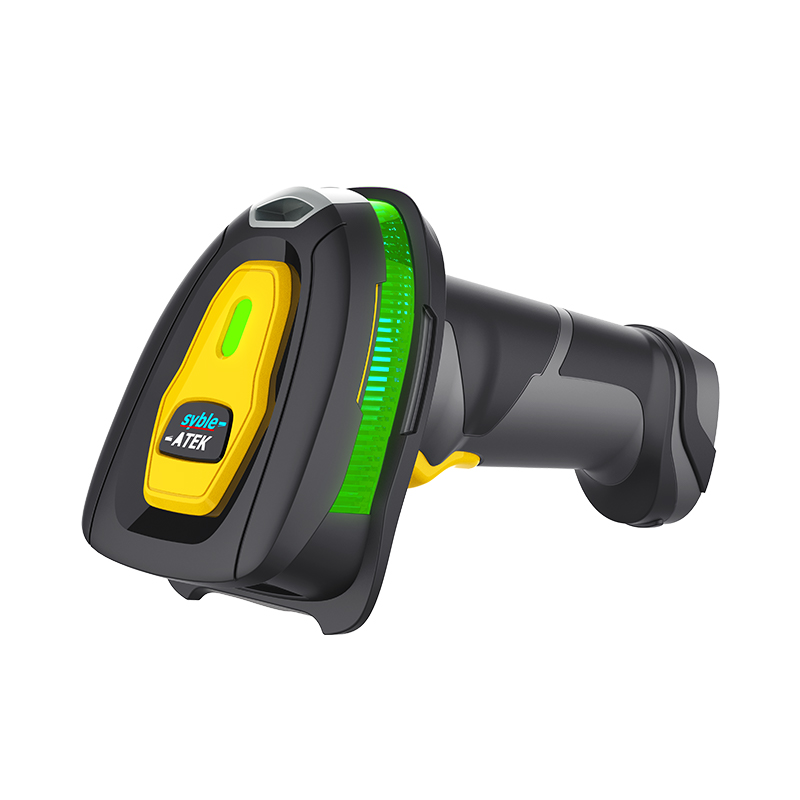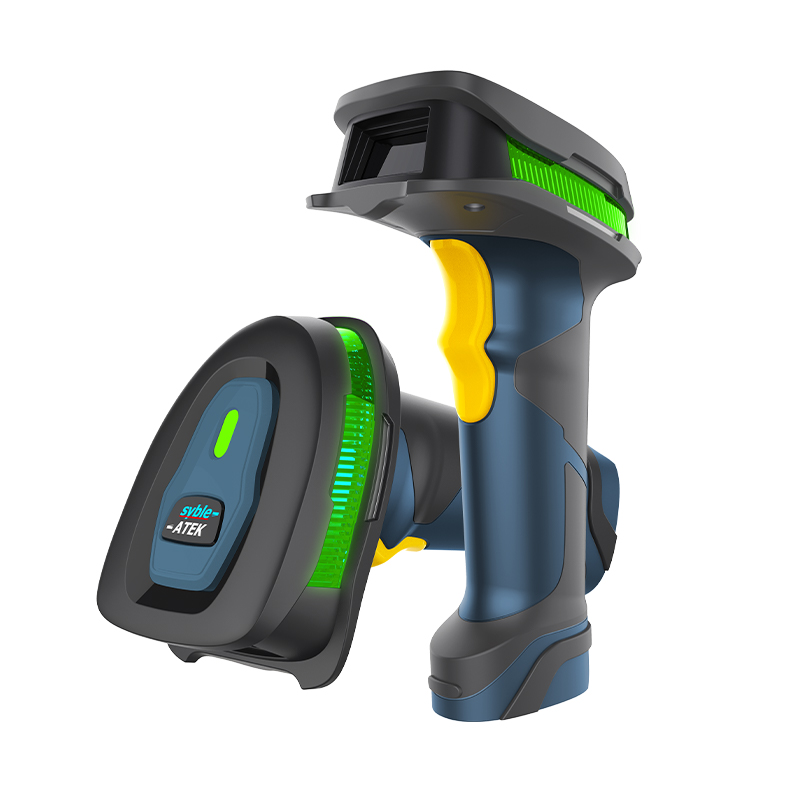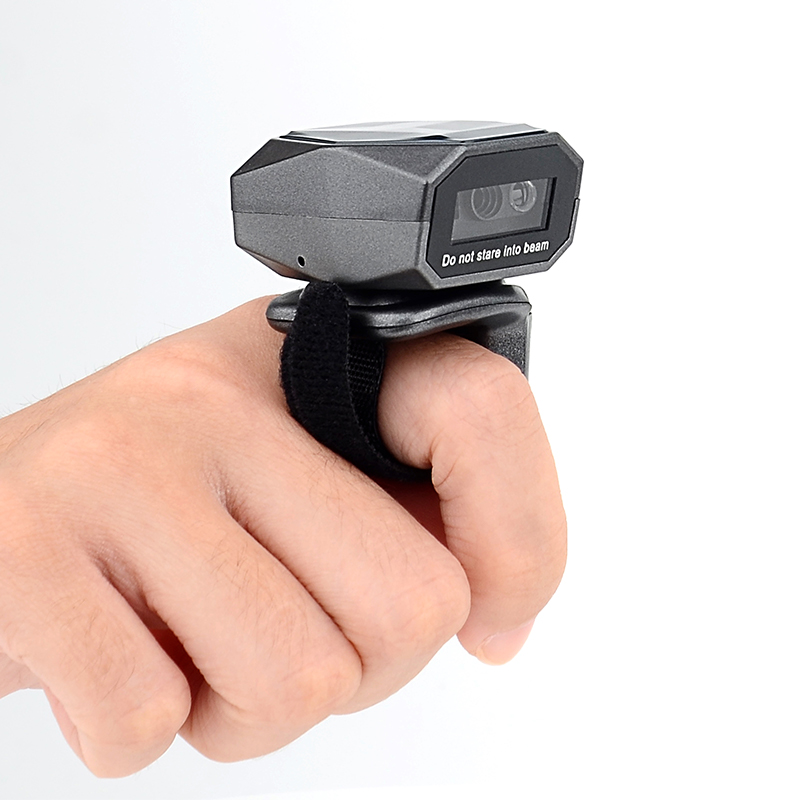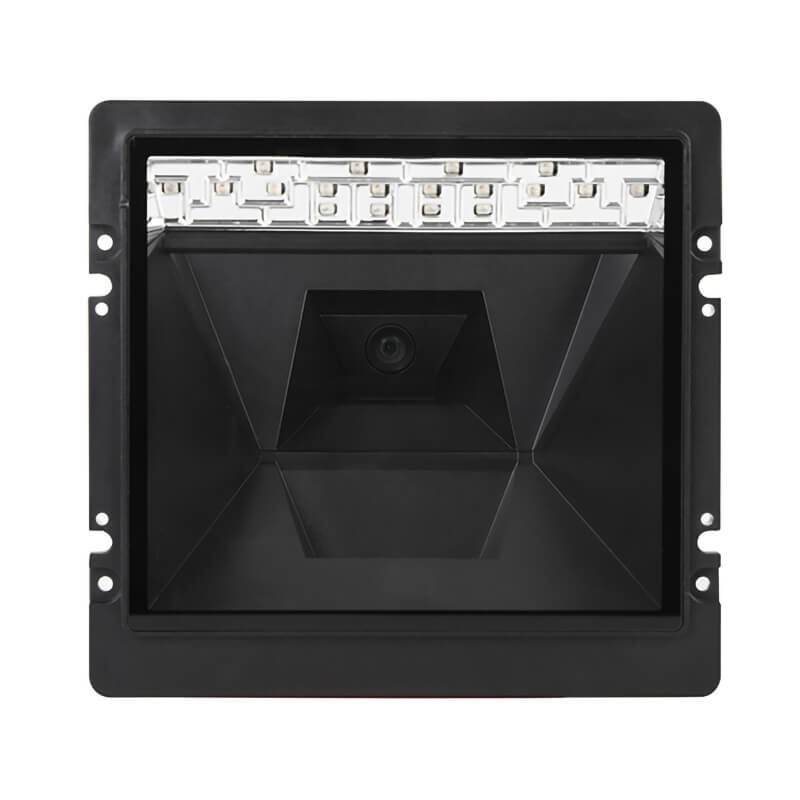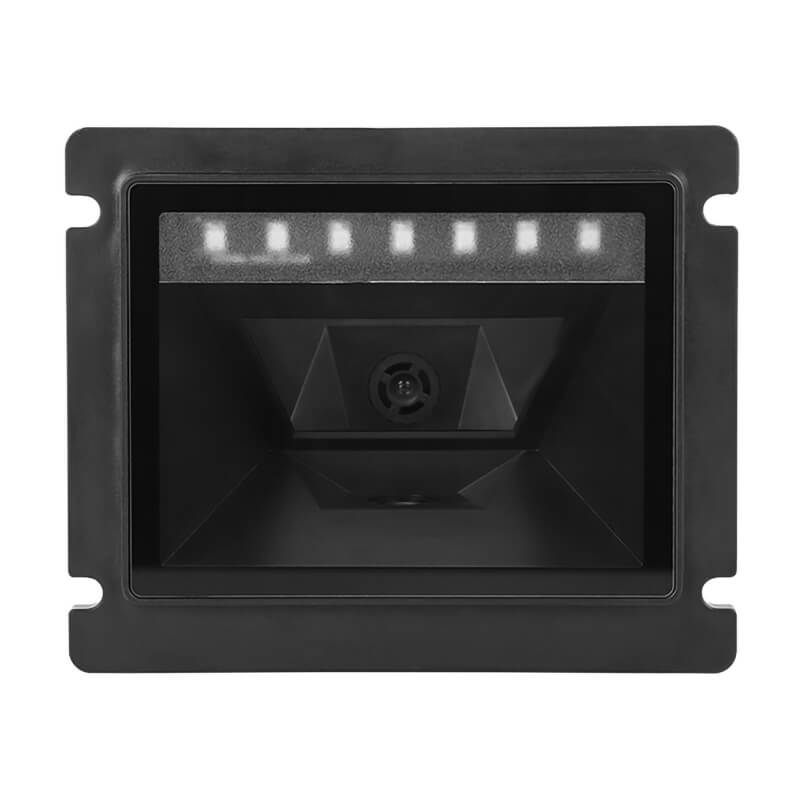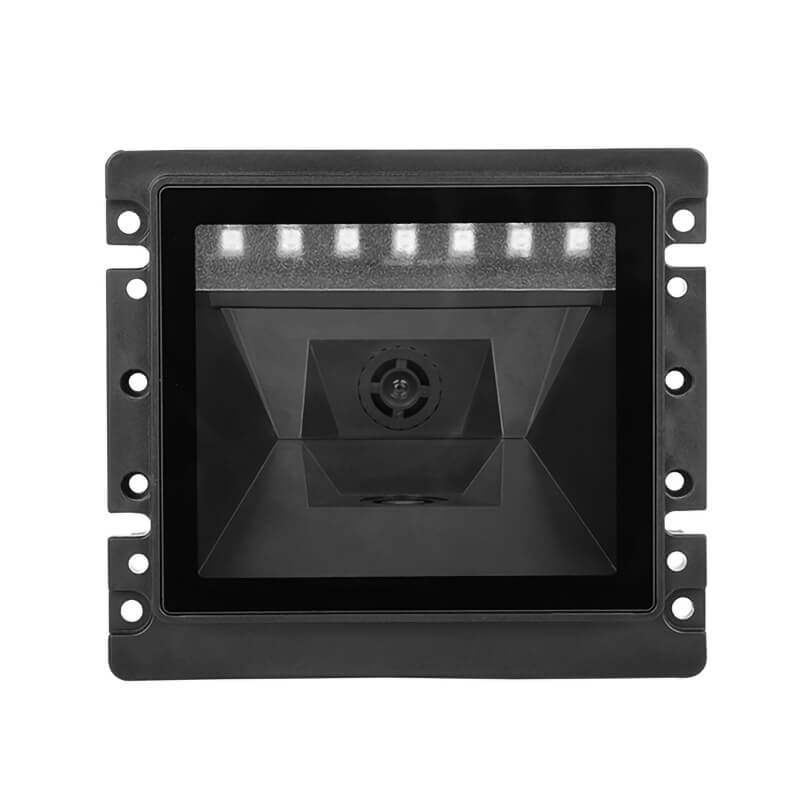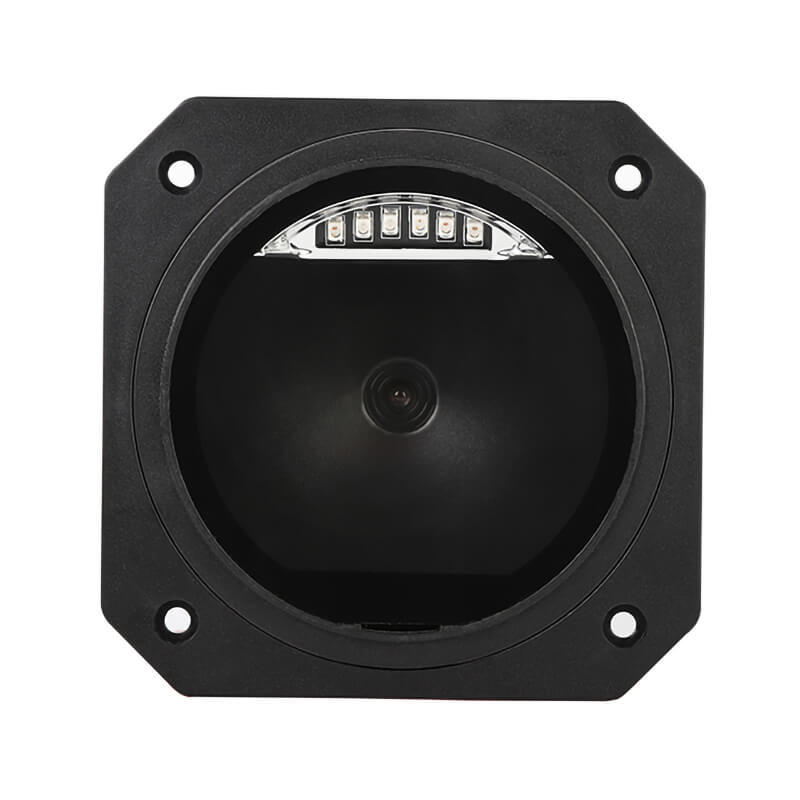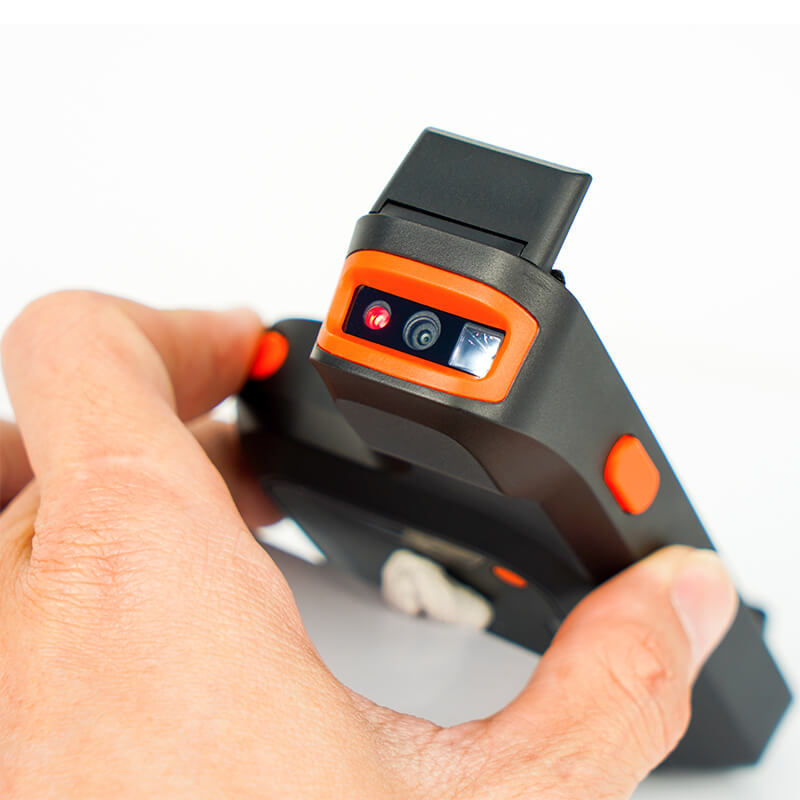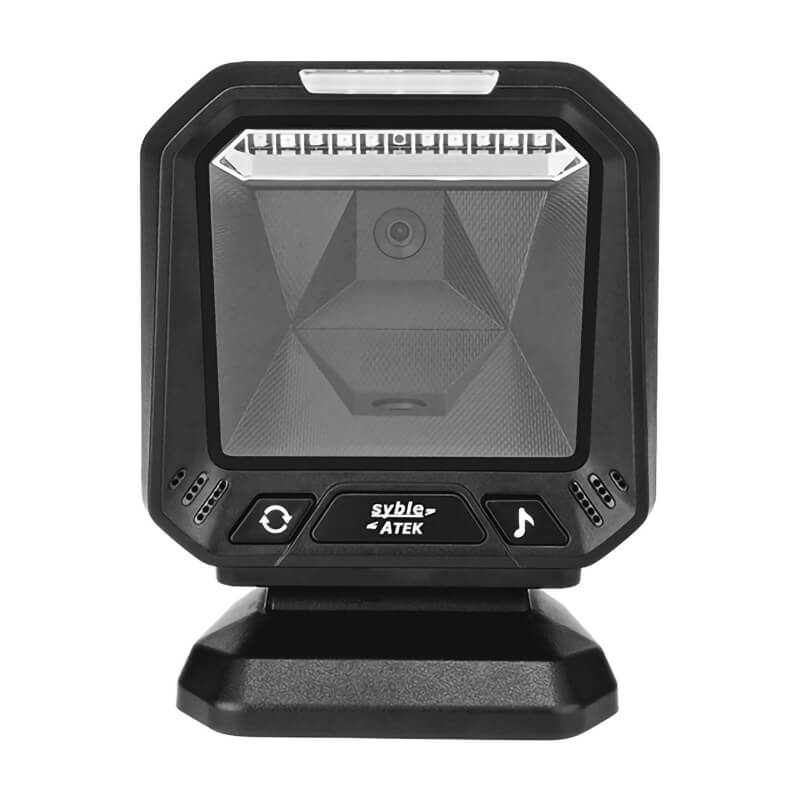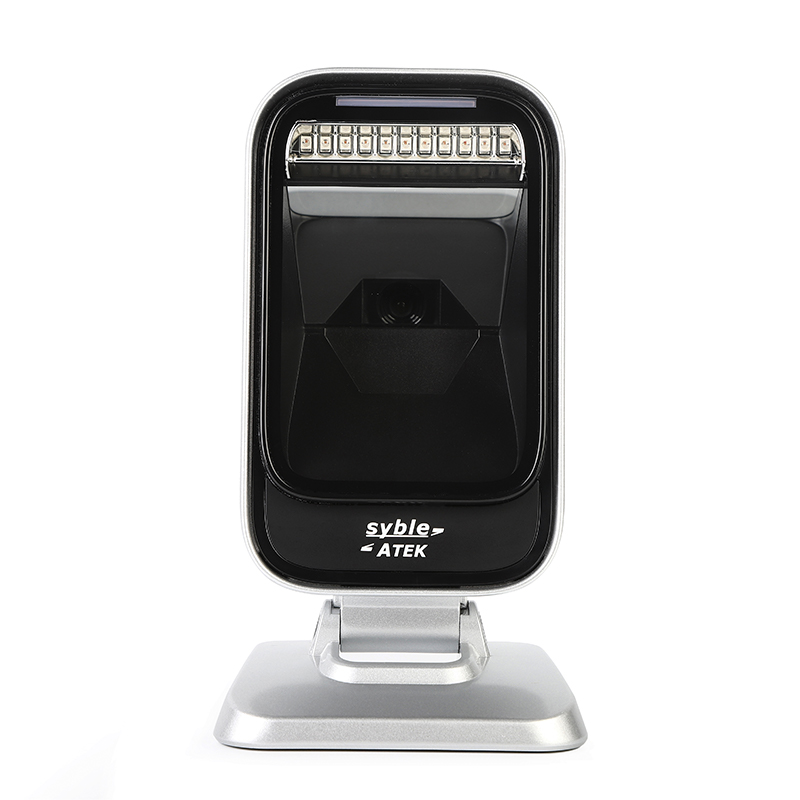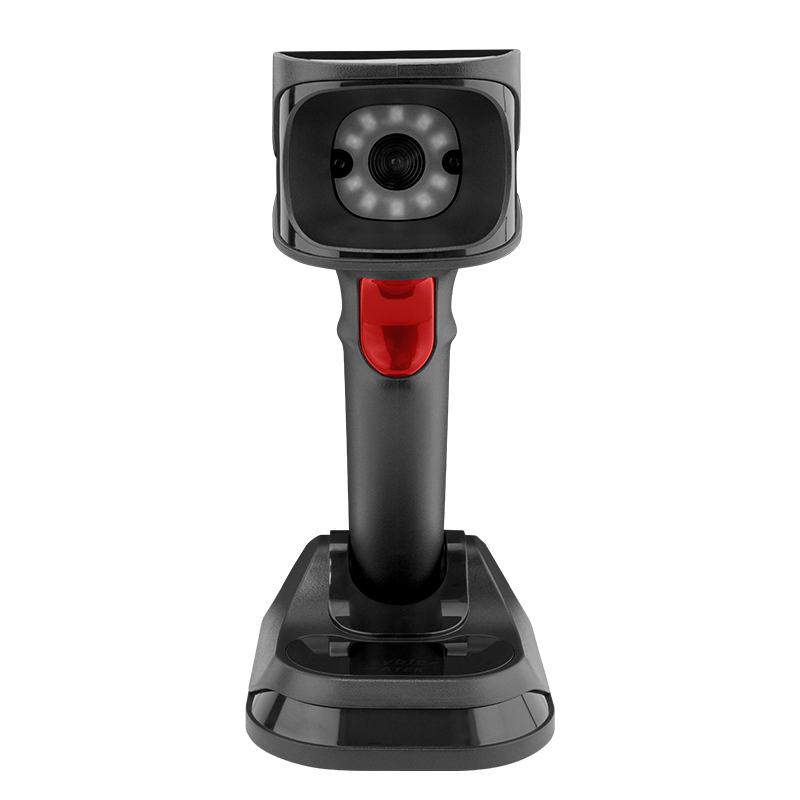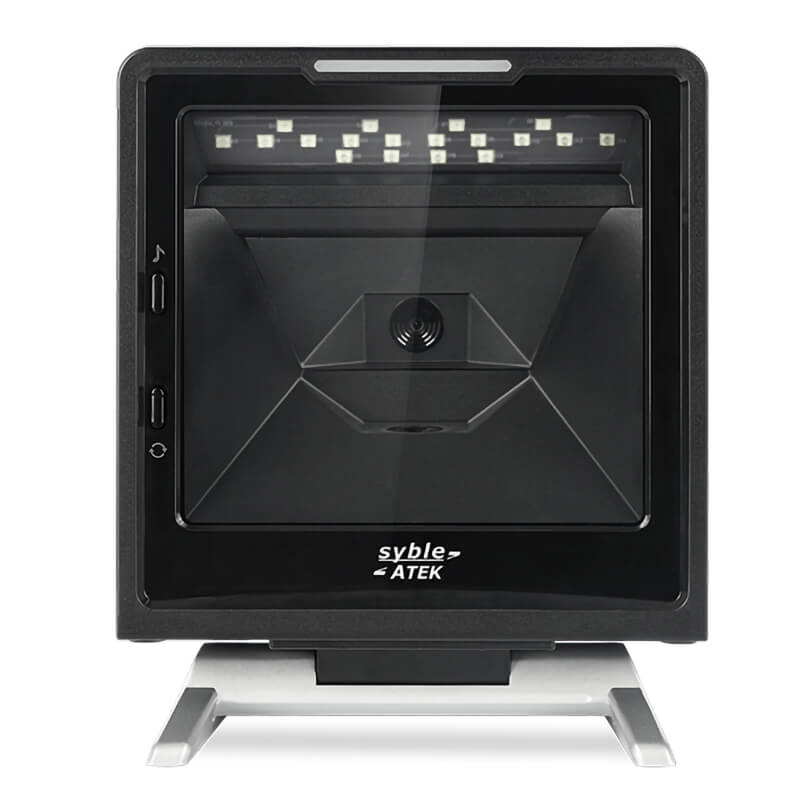-
Enhancing Barcode Recognition
-
Boosting Brightness: In low-light environments, the supplementary light provides additional illumination to ensure that barcodes are clearly visible.
-
Reducing Shadows: Even lighting can minimize shadows and reflections on the barcode, improving recognition accuracy.
-
-
Adapting to Various Environments
-
Low-Light Conditions: In dimly lit warehouses, at night, or in retail settings with insufficient lighting, the supplementary light ensures that the scanner operates normally.
-
Complex Backgrounds: When the barcode has low contrast with its background, the supplementary light helps the scanner better distinguish between the barcode and its surroundings.
-
-
Improving Scanning Speed
-
Faster Focusing: Adequate lighting helps the scanner focus more quickly, enhancing scanning efficiency.
-
Reducing Re-scans: Clear images reduce the need for re-scanning due to blurriness or insufficient lighting.
-
-
Supporting Various Barcode Types
-
High-Density Barcodes: For high-density barcodes (such as QR codes or fine one-dimensional barcodes), the supplementary light provides sufficient illumination to ensure that details are clear.
-
Colorful Barcodes: The supplementary light can help recognize colored barcodes by improving contrast.
-
-
Protecting User Vision
-
Reducing Eye Strain: By providing even lighting, the supplementary light reduces eye fatigue for users who spend long periods scanning in dim environments.
-
Enhancing User Experience: Brighter lighting makes it easier for users to align the scanner with the barcode, improving operational comfort.
-
-
Supporting Special Scenarios
-
Reflective Surfaces: For barcodes on highly reflective surfaces (such as metal or plastic packaging), the supplementary light can adjust the angle of illumination to minimize glare.
-
Long-Distance Scanning: When scanning from a distance, the supplementary light provides sufficient coverage to ensure that the barcode remains clearly visible.
-
Summary
The supplementary light of a barcode scanner significantly enhances the accuracy, speed, and adaptability of scanning by providing ample and even illumination. It is particularly important in low-light environments, complex backgrounds, or scenarios with special barcode types, making it a key component for ensuring the efficient operation of the scanner.

